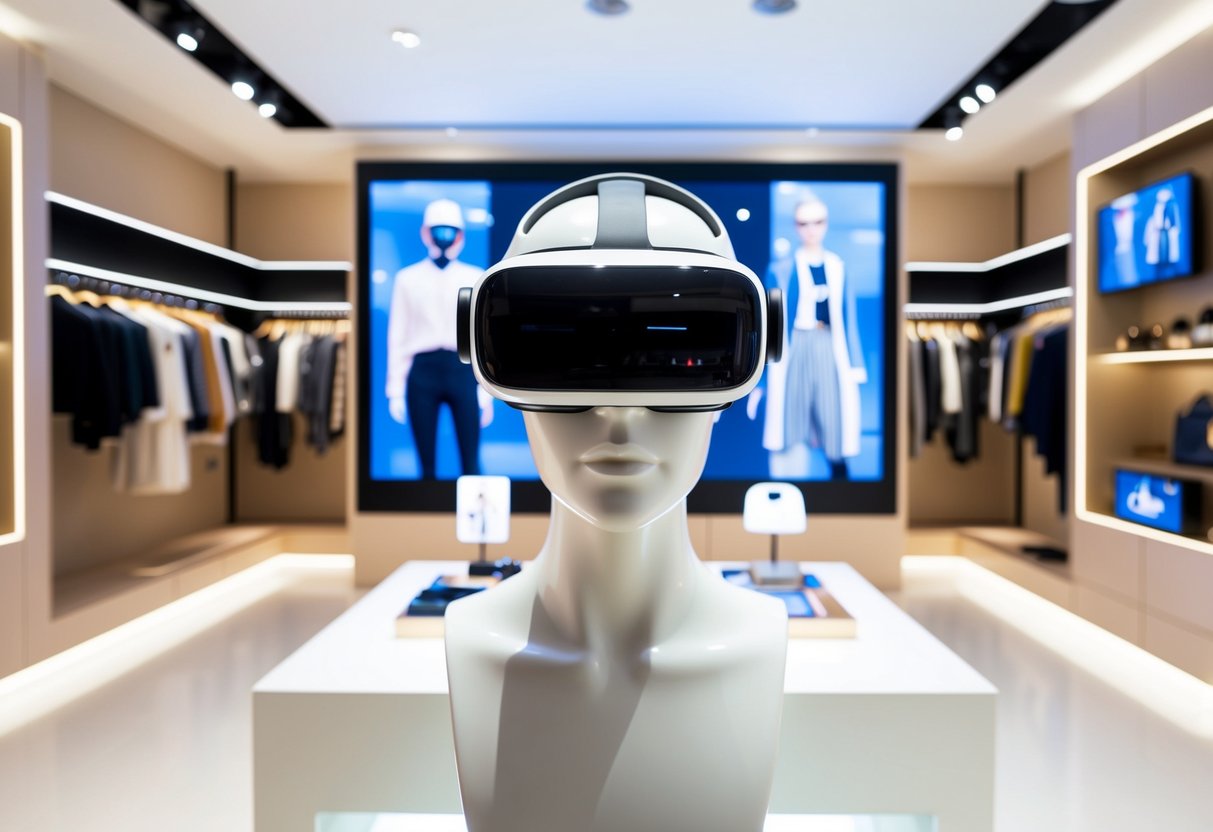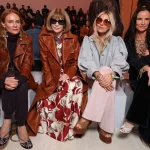Virtual Reality in Fashion: How VR is Revolutionizing Shopping Experiences
Virtual reality is transforming the way consumers interact with fashion, offering innovative ways to shop that extend beyond traditional brick-and-mortar stores. By immersing shoppers in a highly interactive virtual environment, VR allows users to explore and experience fashion as if they’re physically present in a store. This technological shift is not only enhancing convenience but also personalizing the shopping journey for each individual.
The integration of virtual reality in fashion brings a new dimension to online shopping by enabling customers to try on clothes virtually. This advancement helps eliminate the uncertainty often associated with purchasing clothing online, as shoppers can visualize how items look on their bodies in a realistic setting. Brands are increasingly leveraging this technology to create immersive brand experiences, drawing consumers into unique and engaging digital worlds.
Furthermore, VR in fashion facilitates increased accessibility, allowing shoppers from around the world to access runway shows and new collections without geographical limitations. This democratization of fashion events and trends makes it possible for a broader audience to participate in the excitement of the fashion industry. As VR technology continues to improve, the potential for its impact on shopping experiences is vast, with the promise of even more innovative developments on the horizon.
The Emergence of Virtual Reality in Retail
Retailers are leveraging virtual reality to transform shopping experiences, offering immersive environments that significantly influence consumer behavior. The fashion industry is leading the charge, adopting cutting-edge technologies to enhance customer engagement and streamline operations.
Influence on Consumer Behavior
Virtual reality is reshaping how consumers interact with retail spaces. By offering virtual showrooms and fitting rooms, shoppers can explore collections and try on outfits without leaving their homes. This technology-driven approach caters to the increased demand for convenient and interactive shopping experiences, particularly for those who prefer online shopping. AI-enhanced VR experiences further personalize the consumer journey, using data-driven insights to suggest products tailored to individual preferences, boosting customer satisfaction and loyalty.
In addition to convenience, VR in retail introduces an entertainment element that can capture the consumer’s attention longer. Virtual fashion shows, for instance, allow shoppers to experience the latest trends in engaging, 360-degree environments. This shift not only enhances engagement but also encourages deeper connections between brands and their customers, ultimately driving sales and fostering brand loyalty.
The Fashion Industry’s Technological Leap
The fashion industry is embracing virtual reality as a pivotal tool to stay ahead in a competitive market. By integrating VR into their business models, fashion brands offer innovative ways to showcase their collections, from virtual runway shows to digital pop-up stores. This enables them to reach a global audience without the constraints of physical locations.
The use of VR can also streamline supply chain processes, reducing costs and improving efficiency. Designers can create virtual prototypes, allowing for adjustments before any physical production occurs. This technological leap not only supports sustainable practices but also facilitates faster responses to fashion trends. As a result, VR equips the fashion industry with the tools to offer both eco-friendly solutions and engaging customer experiences in today’s digital age.
Understanding Virtual Reality Technology

Virtual reality technology has transformed multiple industries by offering innovative ways to engage with digital environments. In fashion, VR creates immersive experiences that facilitate interactive shopping and design exploration.



